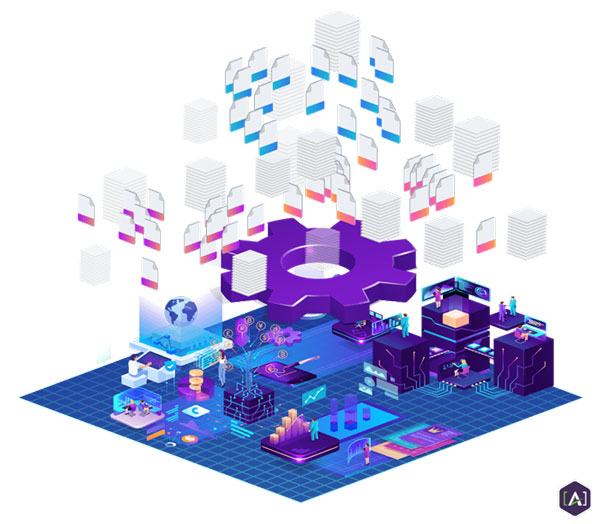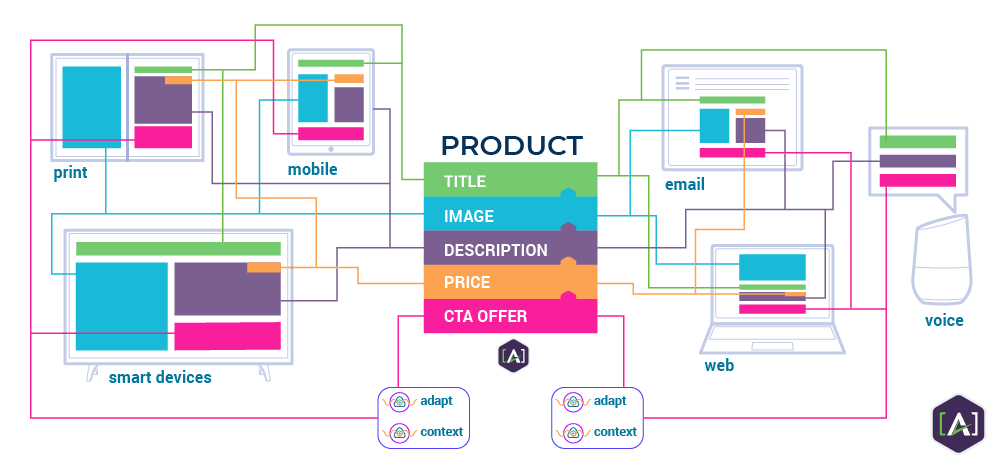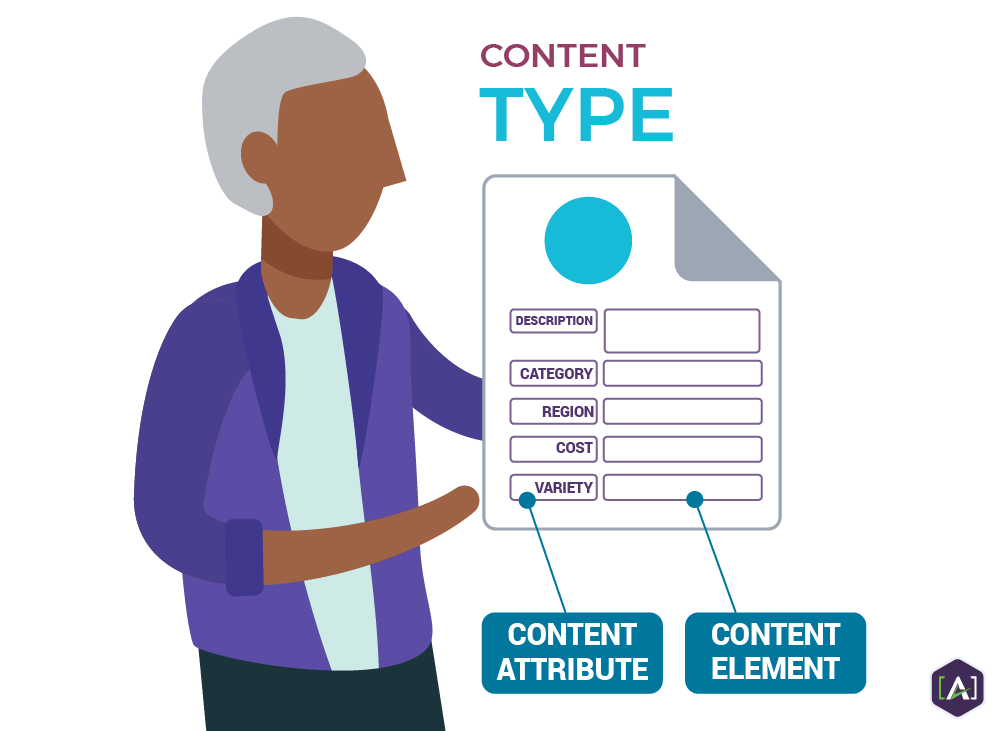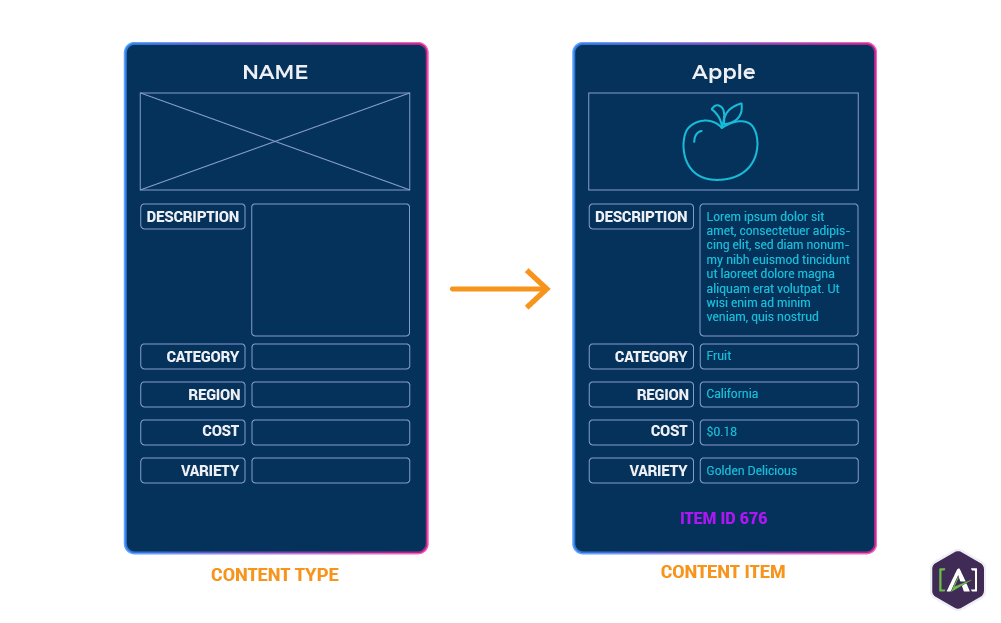Consumers are only limited by the pace of innovators. The technological advances that allow us to access content through an ever-growing landscape of devices and channels are fundamentally changing the way we interact with content. Most users are unaware of this ongoing transformation. But content producers and web developers are all too familiar with the challenging demands for omnichannel personalized and contextual content delivery.
The digital world wasn’t originally optimized to easily deliver personalized content whenever, wherever, and however it’s requested. Before an elegant solution was discovered, and before it was certain that this technology would stick around, it was a viable option for content strategists to ignore this shift and keep conducting business as usual. In their eyes, an overhaul of content, management systems, and workflow was not worth the investment of time and effort.

But the early adopters who found a solution and embraced this change set a new standard. The game has changed and the message is clear:
adapt or become obsolete.
Luckily, this trend toward unprecedented access to a breadth of content carries the solution as well as the problem. Sharing information and content is encouraged now more than ever. Knowledge and ideas are readily accessed, exchanged, critiqued, and expanded on.
[A] has been working with clients for decades now, working on omnichannel and personalized content delivery. As these practices are beginning to be adopted, an elegant solution has emerged from the collective discourse. Say hello to
modular content and the
content model!
If your organization wants to scale content delivery, increase accuracy, personalization, and relevance –
reach out to [A] today and take the first step in working smarter with content.
The Magic of Modular Content
When we say that content wasn’t originally built to adapt, we primarily mean two things:
- Traditional Content Management Systems tie content to a single webpage.
- All content could only be entered into one big, inflexible text field.
As a result, content often wouldn’t display well across devices or channels. The only way to address this issue was to construct an entirely new version of the page—every time, on every channel. This is not a sustainable way of content delivery - it is time-consuming and expensive.
Innovators such as [A] decided to tackle the root of the problem:
- Separate content from format and presentation, aka creating a decoupled architecture.
- Break content into smaller components or modules that can be tagged, reused, and reconfigured.

Content strategists soon discovered that
modular content can do a lot more than just adapt to new devices and channels. It also unlocked the potential for content to be:
- Structured & Consistent
- Internally & Externally Discoverable
- Customized & Personalized
- Reused & Automated
What Is a Content Model?

A
content model provides a framework for an organization to use as an enterprise-wide Truth on how to create, manage and publish modular content, and which standards and formats to use across departments.
High-level content models are often displayed as visual org charts. They can be used as overviews for more detailed versions of the content model or to identify relationships between units of content.
Organizations often use detailed spreadsheets as content models. With the right information, these can be used as a guide for programmers to build the content management system (CMS) to reflect the model outlined on paper.
Although spreadsheets are an appropriate place to start, as things scale and more pieces are added, they become inefficient and unwieldy. [A] has been developing a solution to this issue with our clients. For a look at how we model some of our own content, watch the webinar:
Content Across Channels: Tips & Tricks for Modeling Modular Customer Experiences
The Key Aspects of Content Modeling
The following are key concepts, terms, and applications of content modeling that we at [A] think are important to grasp for a basic understanding of this practice.
The definitions we use here are specific and meant to bridge worlds between content authors and strategists, UX/UI professionals, IA and database designers, CMS and front-end developers, and managerial teams.
Content Types
A content model is made of
content types.

A content type is a distinct unit of content that generally has a unique structure and holds a unique set of elements. Think of them as the content templates that live in a content management system (CMS) like Wordpress.
A set of content types for a particular organization may include: a press release, videos, blog posts, articles, white papers, legal contracts, and product design specifications. Every organization will require different content types based on the kinds of content they will require.
Anticipating what kind of content an organization will need and recognizing reoccurring content patterns is the first step towards building a strong content model and structured, agile content.
Read What are Content Types?
 Content Elements
Content elements
Content Elements
Content elements are the individual components that make up a content type. They are the foundational units of modular content.
When a content type is pulled up in the CMS, there will be individual fields to enter the various component elements of which they are composed.
For example, the content type Feature Story might have the content elements: headline, subhead, byline, date, location, body text, and image.
Read how content elements can transform the way you create and deliver content.
Content Attributes
Content attributes are rules and modifiers for content elements.
Content attributes are added at the implementation phase of a content model. Content attributes provide more information about a content element or outline restrictions for team members like the programmers or content creators to know during deployment.
For example, the content type FAQ might have “Answer” as an element, with “maxlength” as an attribute.
Read What are Attributes?
Views
Views are the various ways content items can be rendered across channels and across devices.
For example, iterations of the content item “How Content Engineering Saved My Life”, created from the content type Blog, may be available in the following views: desktop, mobile, Twitter, Facebook ad, and homepage slider.
The avalanche of possible views is one of the primary factors that triggered the content modeling revolution. Content modeling helps to solve the “views problem.” Gone are the days of creating completely custom versions of content. By breaking an item into easily reusable and reconfigurable chunks, it can be easily adapted anywhere—even in preparation of devices or channels that haven’t been created yet.
Read What are Views?
Get Started Today
[A] is a pioneer and expert in Content Modeling.
Reach out today to kick-start the transformation within your team.
Intelligent, future-proofed content is within your reach, and we’re on a mission to give you the tools you need to get there.
Contact Us for a Free Consultation.